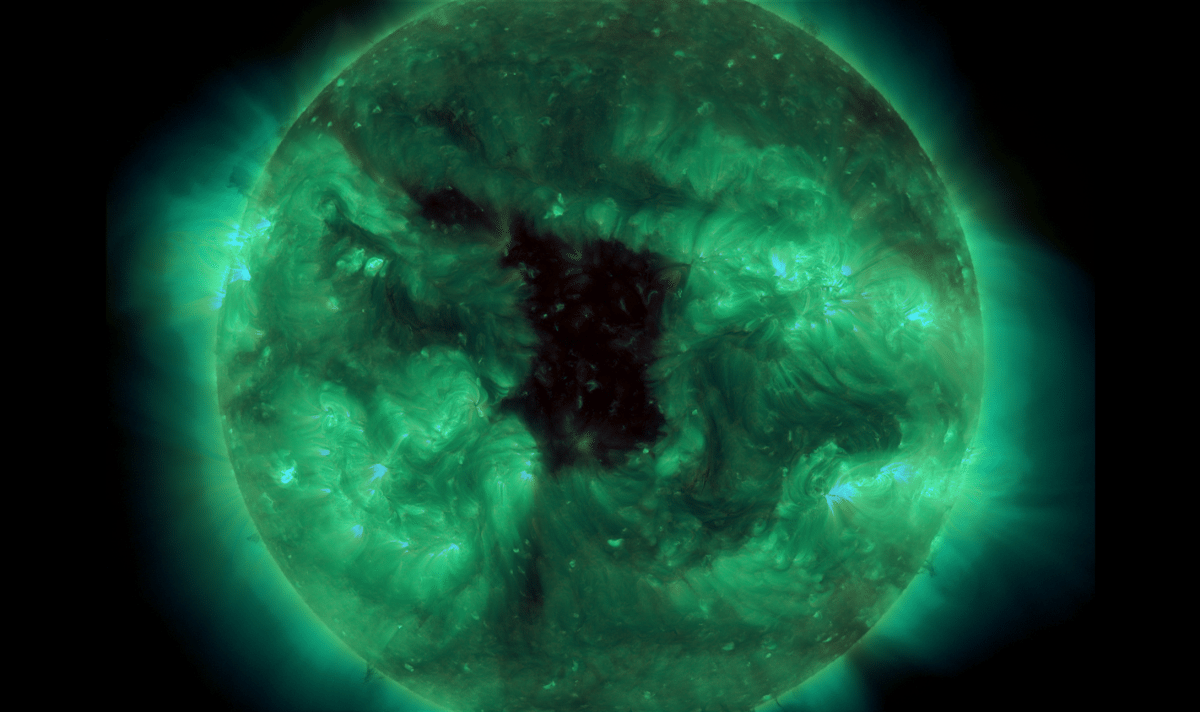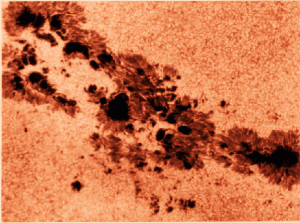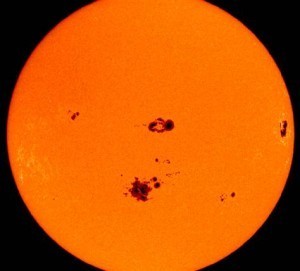There’s news of a large coronal hole on the Sun, which just goes to show how good astronomers are at making the mundane sound terrifying. In turns out coronal holes are neither dangerous nor uncommon, but what exactly are they?

We now know that these coronal holes are due to an interaction between the charged plasma of the corona and the Sun’s magnetic field. Typically the solar magnetic field loops back on itself near the Sun’s surface. The plasma tends to follow along magnetic field lines, so the material of the corona tend to stay trapped near the Sun’s surface. But sometimes the magnetic field tends to weaken in some areas, and the field lines tend to be directed away from the Sun. When that happens the material of the corona is pushed outward by solar wind, creating a coronal hole.
Like sunspots, coronal holes tend to follow an 11 year cycle. If a coronal hole happens to face Earth we generally get more aurora, but that’s about it. So the appearance of a large coronal hole on the Sun is somewhat interesting for astronomers, but it’s nothing we haven’t seen before.












Comments
Is is just me or does anyone else think geomagnetism holds the answer to our energy future?
Not me. How do you think geomagnetism could substitute for current energy sources?